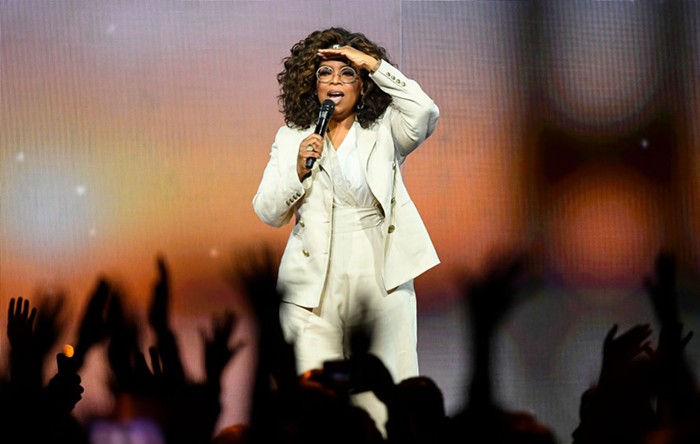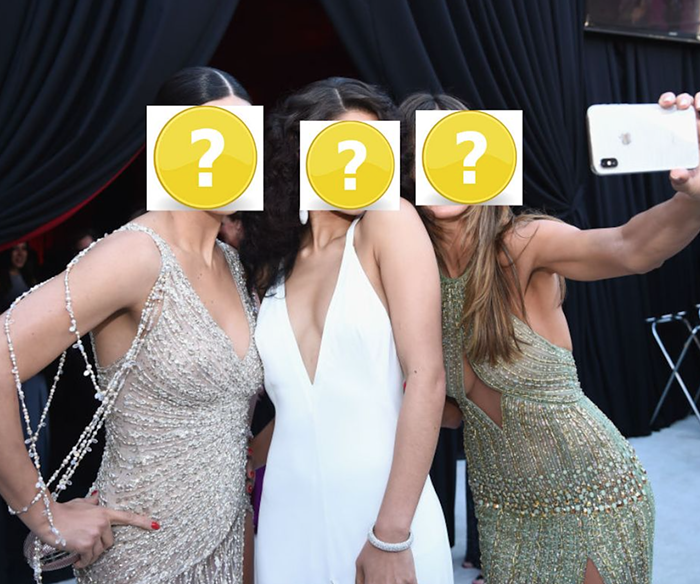Pulliam Deffenbaugh, 522 NW 12th, 228-6665
I opened my new Artforum last night and saw that Reykjavik-mania continues to sweep the international art community. It was a pleasant case of synchronicity, I thought, coinciding with Iceland-born/Portland-based artist Hildur Bjarnadottir's show at Pulliam Deffenbaugh. The Artforum article posited the lethargic thesis that Icelandic artists are soaring so high because they draw on Norse mythology, but Bjarnadottir's Stretching Canvas wrestles with another history--the fair-weather friendship that exists between Art and Craft.
Bjarnadottir grew up learning to sew from her mother and "was raised immersed in a textile environment." Years later she wound up in the New Media department of grad school, still knitting and crocheting, and probably amused that sewing was considered a new genre of art. To judge from her current exhibition, she was likely frustrated that her needlework wasn't taken as seriously as painting or video. Stretching Canvas is the artist's response to an art history dominated by oil on canvas.
Bjarnadottir is a conceptualist with a needle and thread, and painting is her whipping boy, as seen in "Fairy Puke," 2003. "Fairy Puke" looks like a splotch of Nickelodeon-green goo on stretched canvas. It also looks like a painter's familiar critique of abstraction--as if somebody were spoofing the idea of the genuine brushstroke by laboriously crafting the mark of a spontaneous gesture. (Painters love this kind of thing). The twist here is that there's no paint involved at all--the green "paint" is composed of raised thread that has been laboriously embroidered to the linen.
Some pieces are even more reductive than this single splat--the oatmeal-colored "Laminated Canvases" look like she just stretched some linen and hung it on the wall. Close inspection reveals that the linen itself is a sham--the artist discovered a pre-fab industrial laminate that's a dead ringer for her traditional cloth, and fashioned it to look like blank canvases on the wall. There's no fabric involved, though, except for the wool she's pulled over the viewer's eyes. This mischievous trompe l'oeil gesture undermines our preconceptions about the rest of the work in the show (what else here is fake?), while managing to make fibers art without any fiber, and internally critiquing painting without any paint. CHAS BOWIE
Joe Macca
PDX Gallery, 604 NW 12th, 222-0063
It's usually refreshing enough when an artist lays his proverbial cards on the table for an exhibition, but what happens when he's holding two different hands--one of Five-Card Stud, and the other, Go Fish? Consider Joe Macca, whose two very different exhibits, Night Paintings and I, Virus, currently on view at PDX, reveal two diametric extremes--one of a romantic colorist, and on the other end, a jaded commentator on the chew-em-up-and-spit-em-out art world.
Night Paintings occupies PDX's main gallery and features six moody color field paintings on aluminum. About the size of record sleeves, the untitled paintings are atmospheric studies in midnight greens, blacks, and umbers. You won't find a brushstroke on them; just subtle chromatic gradations on the shadowy end of the tonal spectrum. They're atmospheric, romantic, and in my eyes, a bit dull. But nothing in them prepared me for I, Virus, an about-face thematically, stylistically, and emotionally.
I, Virus consists of 35 scratchy pen drawings, mostly inked onto flattened-out toilet-paper tubes that take a humorous and biting look at the celebrity-art-star machinery, in which good-looking young painters pose for fashion spreads in W magazine and are subsequently left behind like last year's American Idol. More specifically, these crass drawings can be seen as Macca's daydreams of climbing the art-star ladder. Art Tournament pits eight artists against one another in a March Madness-like tourney bracket, with Macca defeating Warhol in the first round, squeezing by Agnes Martin in the semis, then triumphing over Duchamp to win the first annual tournament. Another catchy drawing fashions the artist's initials into a winged Van Halen-ish logo, while a third depicts the artist in front of the bathroom mirror as he explains via telephone to Gus Van Sant that his huge zit will prohibit him from making it to the set that day.
I wondered which came first for Macca--are the drawings an automatic defense against the hopeless romantic in him, or are the dreamy paintings a way to exorcise a growing disillusionment? Or is this bold dual exhibition Macca's way of letting us know he's just a complex guy? Perhaps Macca could lift a Groucho Marx quote for his next artist statement: "Those are my principles. If you don't like them, I have others." CHAS BOWIE












